Introduction to the Hindu Calendar
The Hindu calendar is an ancient and intricate system that plays a significant role in Hindu culture and daily life. It is predominantly used to determine the timing of festivals, religious events, and auspicious occasions. The calendar operates primarily on a lunar-solar basis, which means that months are aligned with the phases of the moon while the year aligns with the Sun’s cycle. This duality reflects the cosmic rhythm, establishing a profound connection between the lunar and solar movements and their impact on agricultural, religious, and cultural practices.
Within the broader context of Hindu calendars, two prominent systems are widely recognized: Vikram Samvat and Shaka Samvat. The Vikram Samvat is traditionally older and is believed to have been established in 57 BCE, while the Shaka Samvat dates back to 78 CE. Each of these calendars has its own set of months, festivals, and methods for calculating dates, yet they share common cultural significance. The Vikram Samvat, for instance, is noted for its importance in various religious festivities and ceremonies, while the Shaka Samvat is often used for official government purposes in India.
Each month in the Hindu calendar holds unique significance, corresponding to various festivals and rituals that vary across regions and communities. For instance, the month of Chaitra marks the beginning of the new year for many, while months like Ashwin and Kartik are celebrated for their notable festivals like Navratri and Diwali, respectively. Understanding the Hindu calendar’s structure not only enriches one’s knowledge of Hindu traditions but also enhances one’s appreciation for its cultural heritage and significance. This guide will further delve into the details of the Hindu calendar as we explore 2025, offering insights into its multifaceted nature.
Month-by-Month Breakdown of 2025
The year 2025 in the Hindu calendar consists of various months, each carrying its unique significance and festivals. Understanding these months is essential for grasping the rhythm of Hindu cultural practices and seasonal shifts.
January corresponds to the month of Pausha, where Makar Sankranti is celebrated, marking the winter solstice. This festival is significant as it heralds the end of cold weather and is associated with the harvest season. Participants partake in kite flying and feasting on sweets made from sesame and jaggery.
February aligns with Magha. This month is noted for Magh Mela, when devotees take sacred dips in Allahabad to spiritualize themselves. It signifies devotion, purity, and strength.
March is marked by Phalguna, during which Holi, the festival of colors, is celebrated. This festival symbolizes the arrival of spring and the victory of good over evil, inviting people to rejoice and renew relationships.
April corresponds to Chaitra, during which the New Year (Chaitra Navratri) is celebrated. This nine-day festival pays homage to the divine feminine and reflects rejuvenation and new beginnings.
May represents Baisakh, characterized by Baisakhi, a harvest festival celebrated primarily in Punjab, symbolizing prosperity and gratitude to the land’s fertility.
June falls within Jyeshtha. This month includes Ganga Dussehra, honoring the Ganges River, underscoring its spiritual significance in the lives of Hindus.
July is associated with Ashadha, during which the festival of Guru Purnima occurs, a day dedicated to paying respect to spiritual teachers.
August corresponds to Shravana. The festival of Raksha Bandhan takes place, recognizing the bond between brothers and sisters, while also signifying familial love.
September is marked by Bhadra, during which the auspicious festival of Ganesh Chaturthi is celebrated, observing the birth of Lord Ganesha and seeking his blessings.
October pertains to Ashwin, highlighted by Dussehra, which marks the victory of Goddess Durga over the buffalo demon Mahishasura, symbolizing the triumph of good over evil.
November is represented by Kartik, during which Diwali, the festival of lights, is celebrated. This festival embodies the victory of light over darkness, culminating the festive season with communal celebrations.
December corresponds to Margashirsha, where the focus is on spiritual observances, including the peaceful reflection on the year’s end and preparations for the upcoming year.
Each month in the Hindu calendar plays a vital role in marking time through spiritual and cultural observances that resonate with the community, serving not only as a guide but also as a reflection of the rich traditions. Understanding these nuances enriches one’s knowledge of Hindu practices and festivals.
Key Festivals and Celebrations in 2025
The Hindu calendar for 2025 showcases a rich tapestry of festivals and celebrations that are integral to Hindu culture and tradition. Among these, Makar Sankranti, Holi, Diwali, and Navratri stand out for their historical significance and varied rituals, reflecting the diversity of the Hindu community across regions.
Makar Sankranti, celebrated on January 14, marks the transition of the sun into the zodiac sign of Capricorn. Historically, this festival symbolizes the arrival of longer days following the winter solstice. It is commonly celebrated with kite flying, bonfires, and special dishes made from sesame and jaggery. The festival is particularly significant in states like Gujarat and Punjab, where it is observed with distinct local customs and enthusiasm.
Holi, also known as the festival of colors, will be celebrated on March 25 in 2025. This joyous occasion commemorates the victory of good over evil, as depicted in the legend of Prahlada and Holika. Participants joyfully throw colored powders and water at each other, signifying the arrival of spring. Holi is celebrated nationwide, with each region adding its unique flavors and traditions, creating a vibrant atmosphere that unites people from all walks of life.
Diwali, often referred to as the festival of lights, falls on October 22 in 2025. This revered festival honors the return of Lord Rama to Ayodhya after defeating the demon king Ravana. Homes are adorned with oil lamps and colorful rangolis, while families come together to exchange gifts and sweets. Diwali holds deep spiritual significance, representing the triumph of light over darkness and knowledge over ignorance. Its grandeur is observed not only in India but also among the Indian diaspora worldwide, making it a truly global celebration.
Lastly, Navratri is an important festival dedicated to the worship of Goddess Durga, taking place from October 10 to October 18 in 2025. This nine-night festival is characterized by fasting, dance (Garba and Dandiya), and nightly prayers. The celebration culminates in Dussehra, symbolizing the victory of good over evil. Its observance varies across regions, showcasing the multifaceted nature of Hindu rituals and celebrations.
Conclusion and Significance of the Hindu Calendar
The Hindu calendar plays a crucial role in the lives of individuals within the Hindu community, serving not just as a tool for tracking time but as a significant cultural artifact that reflects centuries of tradition, spirituality, and societal norms. This calendar is a foundation for scheduling religious festivals, determining auspicious dates for important events such as weddings and other ceremonies, and guiding day-to-day activities. By understanding the intricacies of the Hindu calendar, individuals gain insight into their cultural practices and religious beliefs, which enriches their spiritual lives and creates a sense of continuity with the past.
Moreover, the Hindu calendar enhances the appreciation of rituals and festivals that are celebrated throughout the year. Each month is marked by important festivals such as Diwali, Holi, and Makar Sankranti, each representing significant historical and mythological narratives. These celebrations foster a sense of community, reinforcing social bonds and shared values. When individuals engage with the Hindu calendar, they are not merely observing dates but participating in centuries-old traditions that resonate with their identity and heritage.
In contemporary society, the relevance of the Hindu calendar remains undiminished, even as modern lifestyles change. As people seek to reconnect with their roots, an understanding of the Hindu calendar facilitates this journey by bridging the gap between tradition and modernity. It offers a framework for retaining cultural practices and helps in the transmission of these traditions to future generations. Ultimately, the Hindu calendar is more than a chronological system; it is a symbol of resilience, unity, and the enduring spirit of the Hindu community, reminding individuals of their shared history and cultural identity.


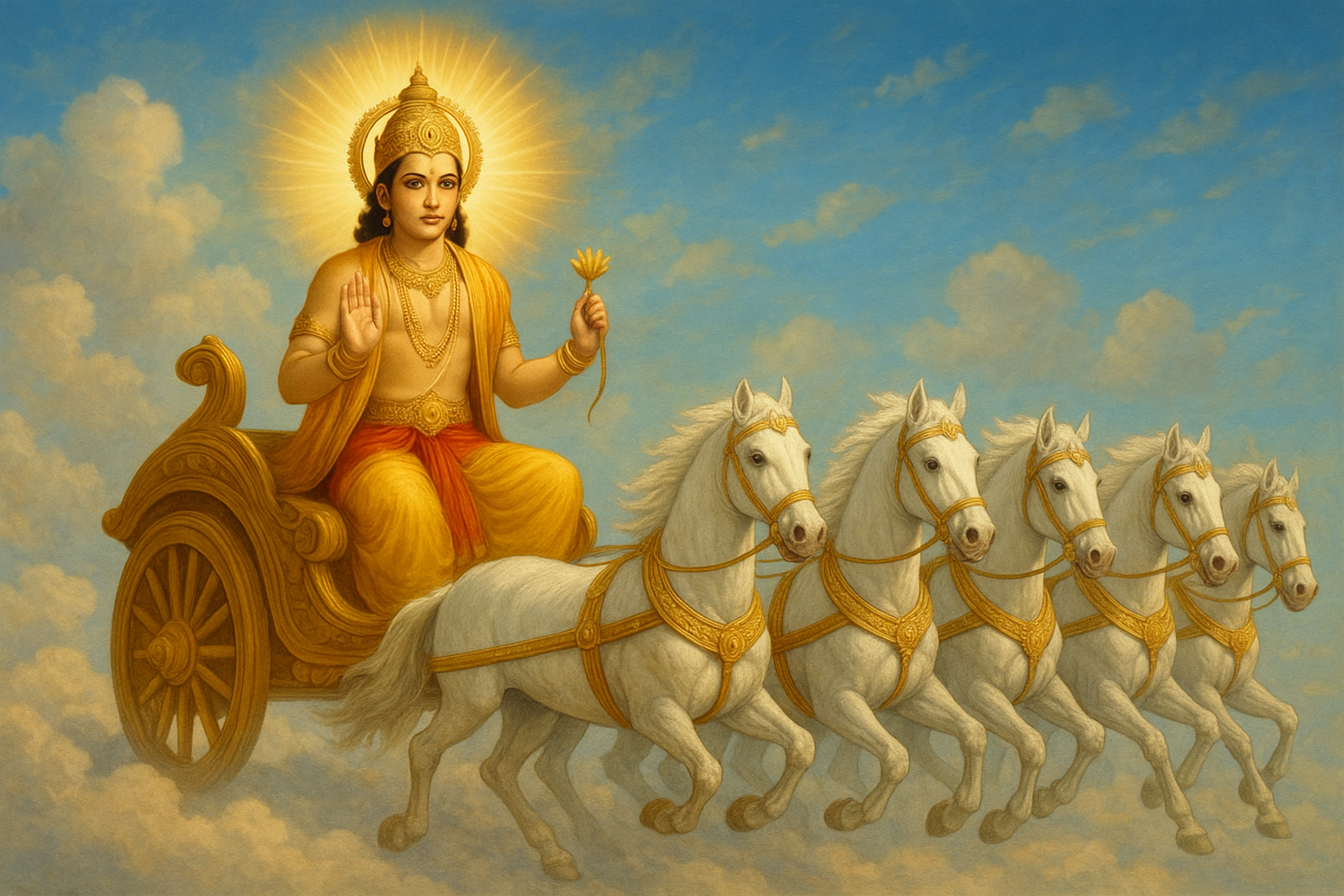
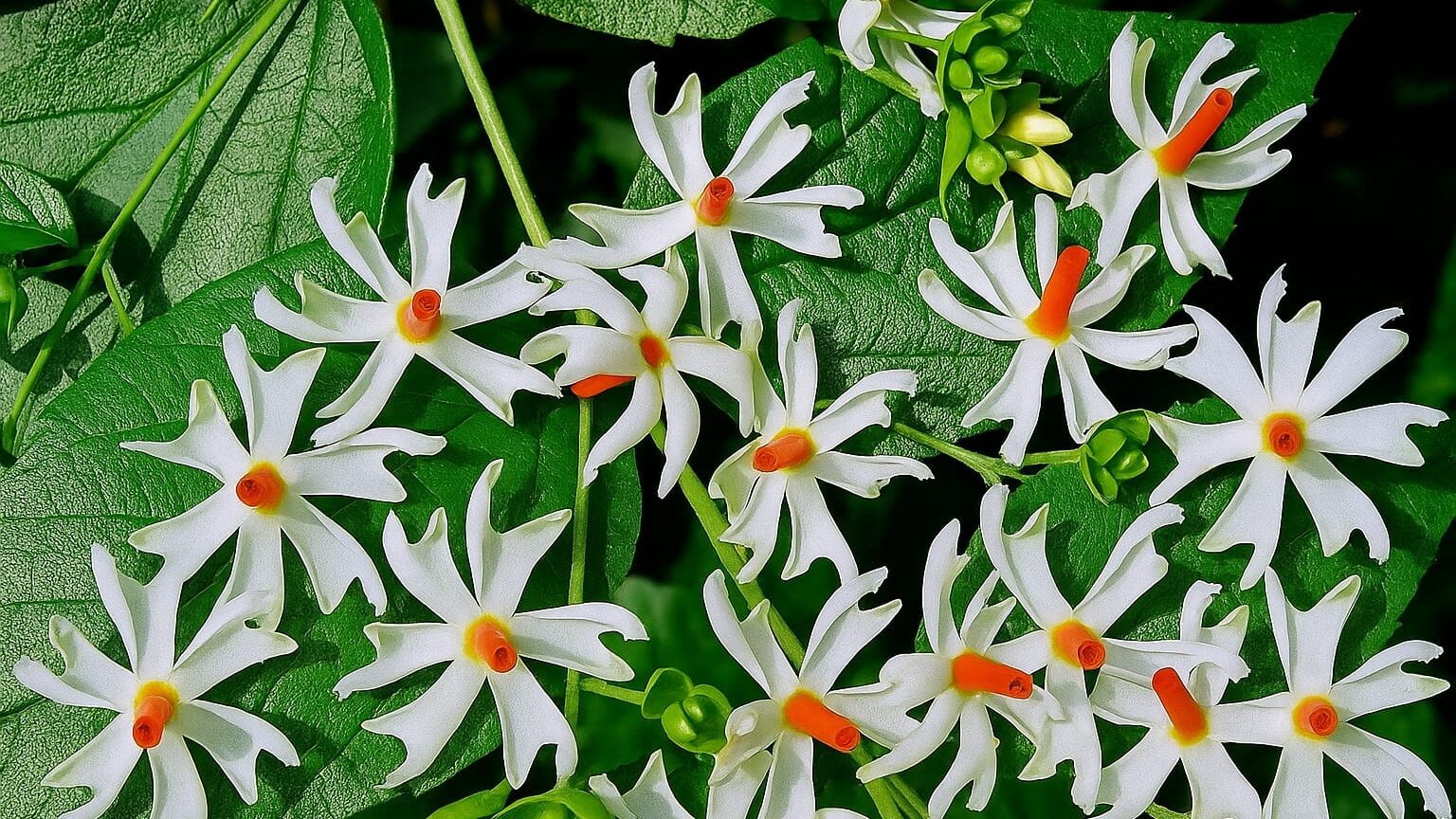
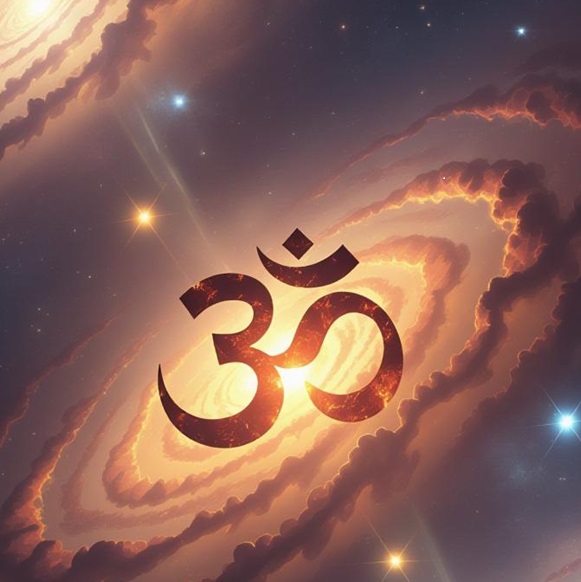
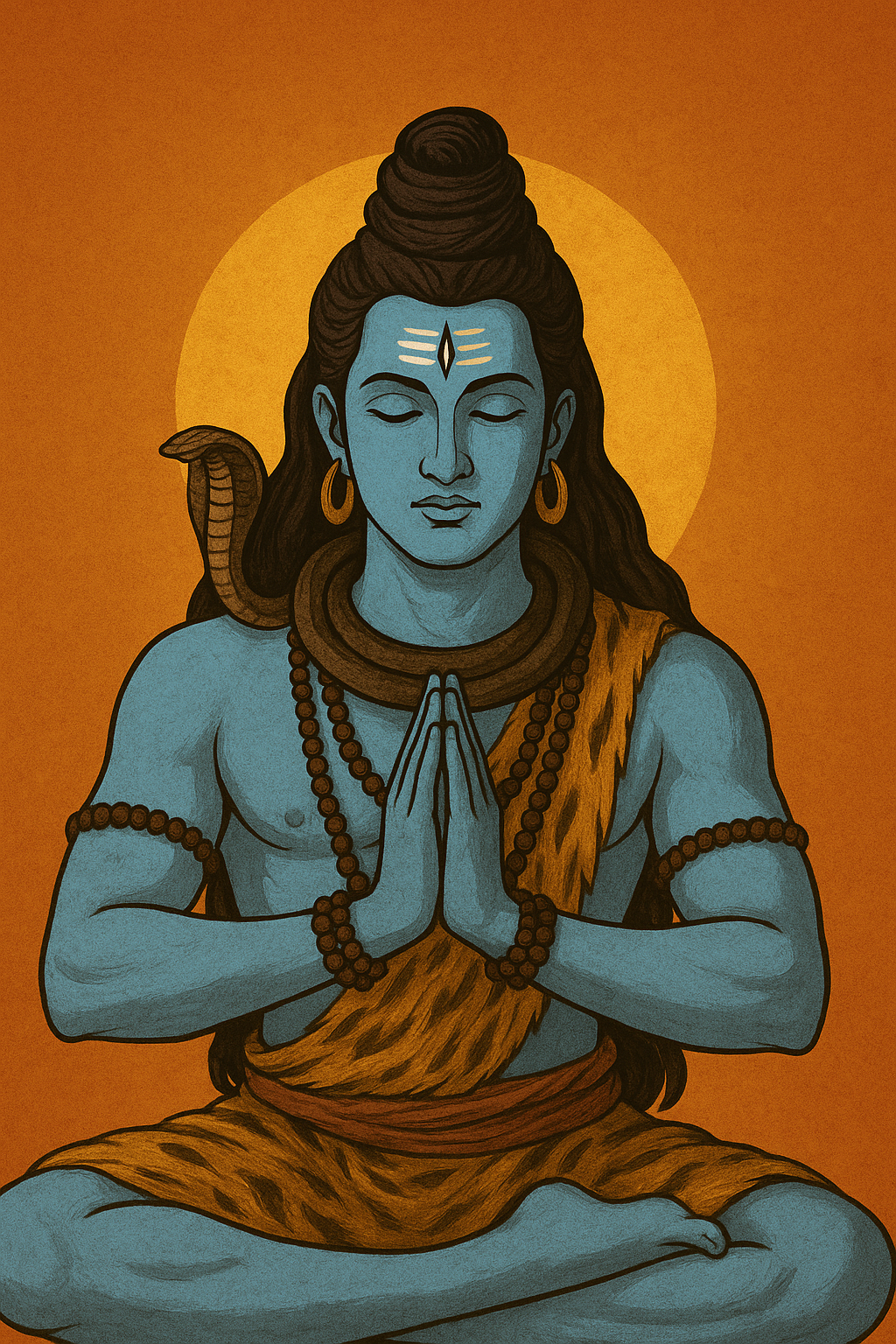
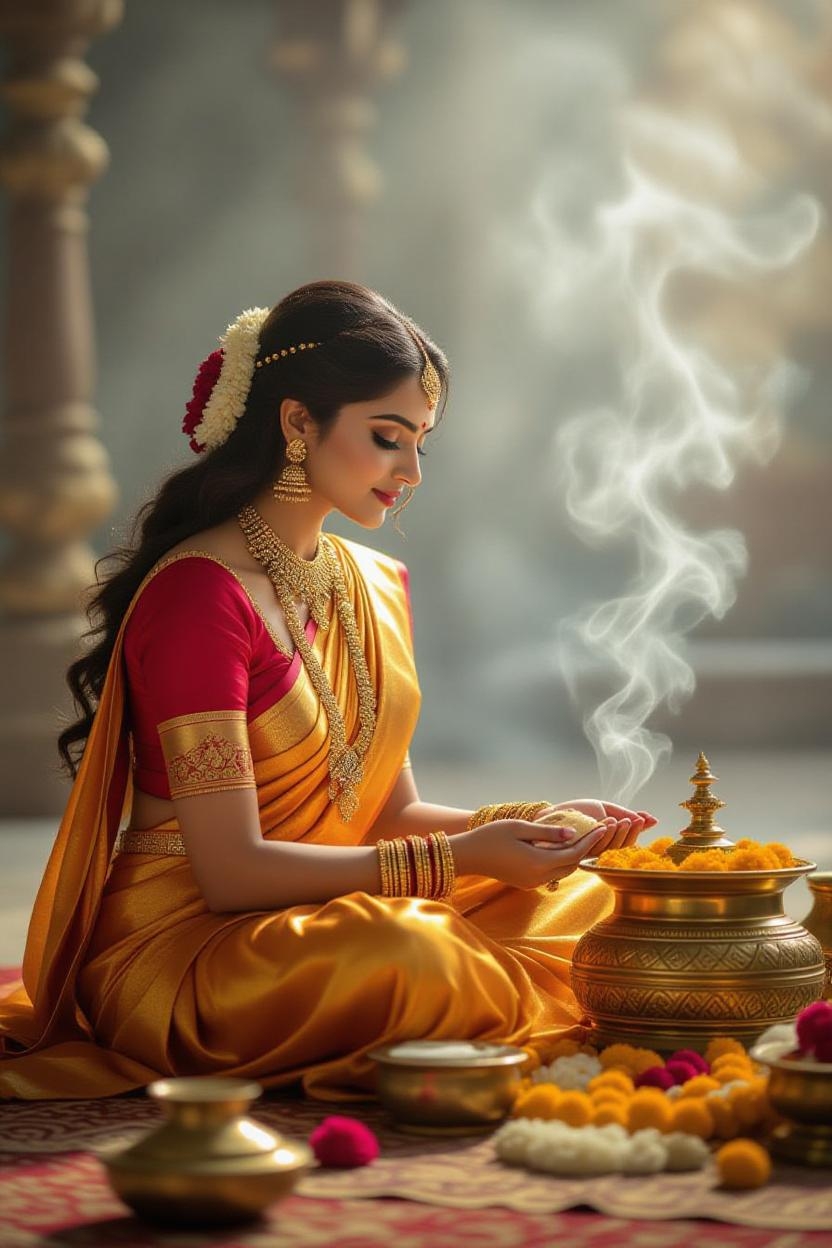
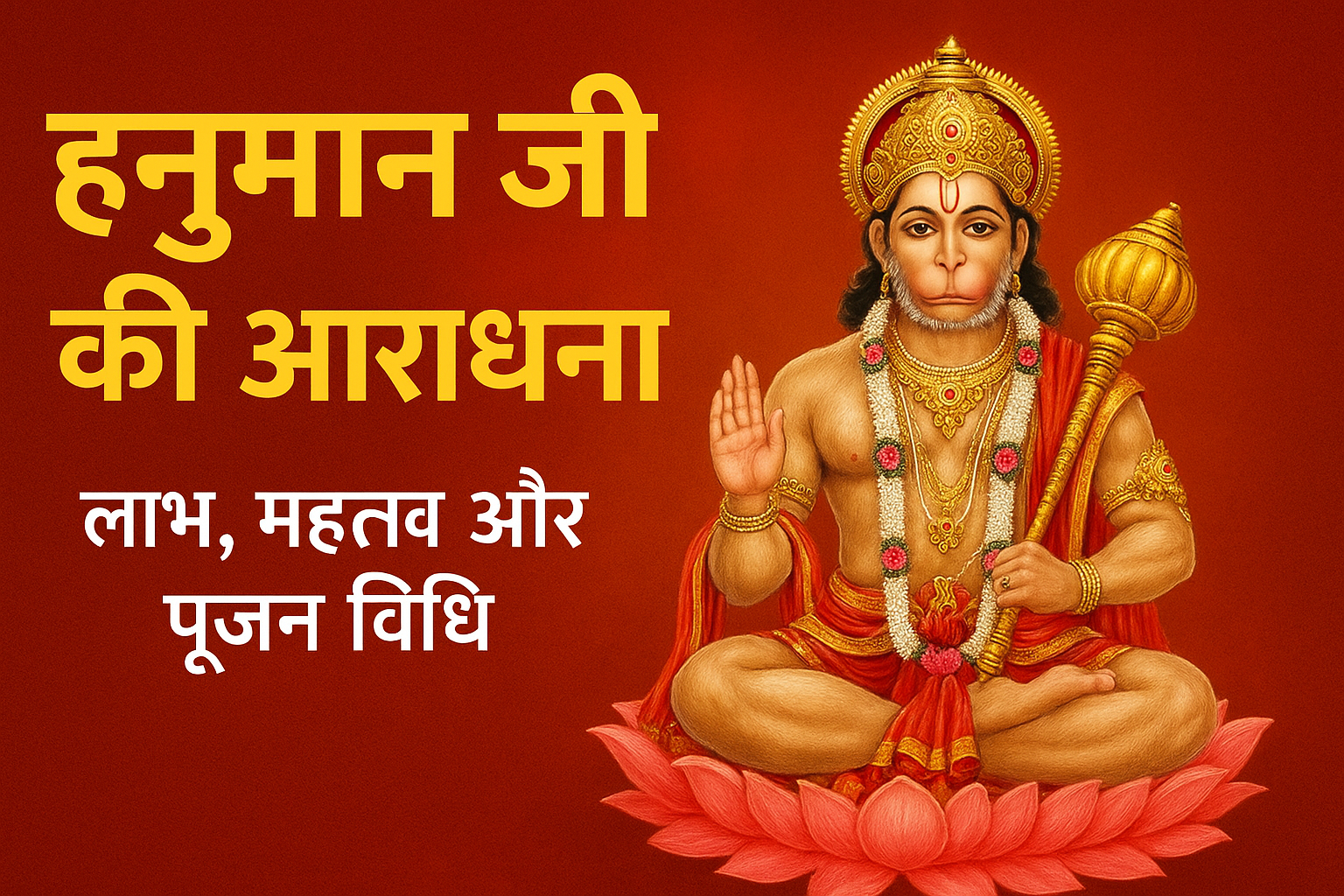



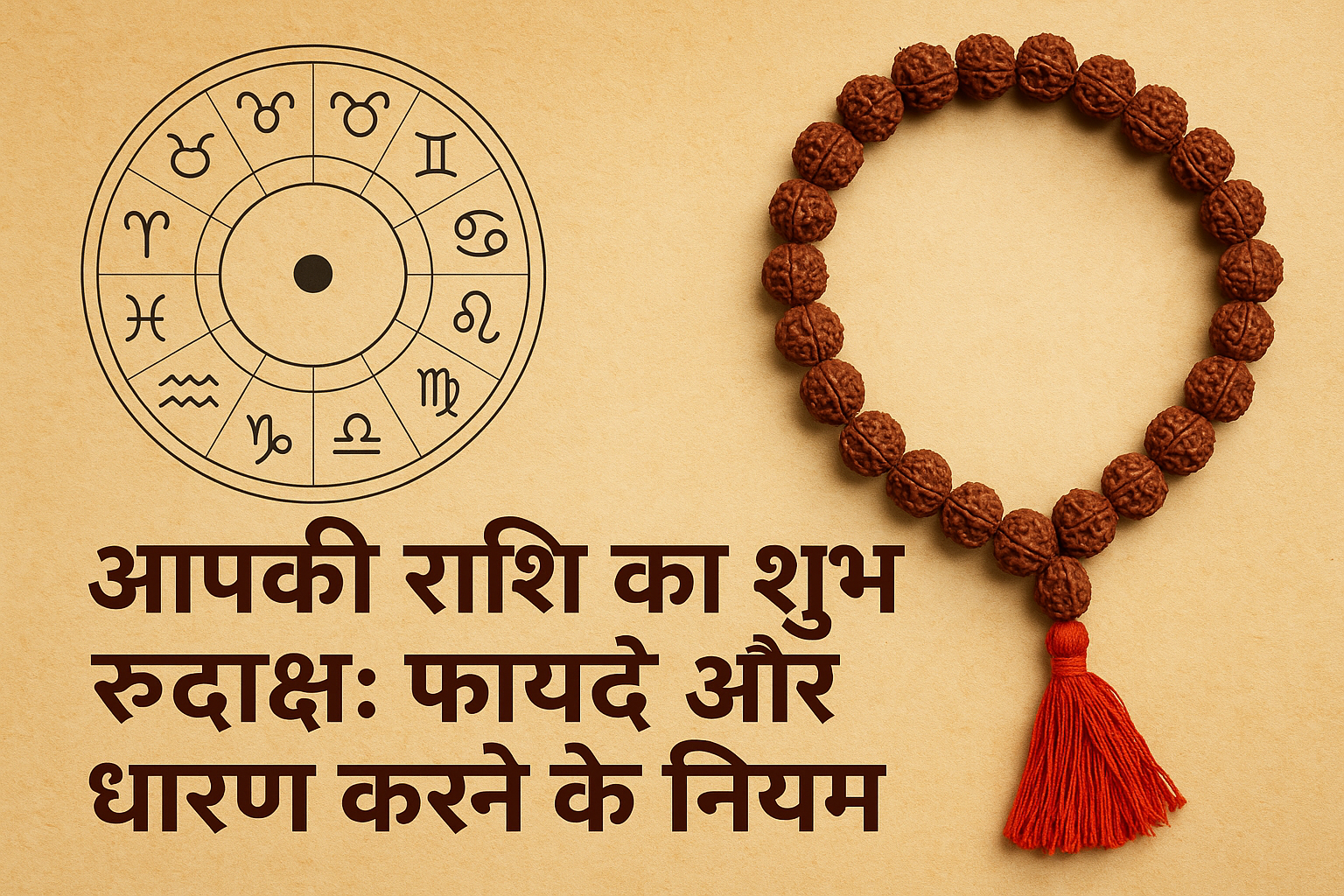


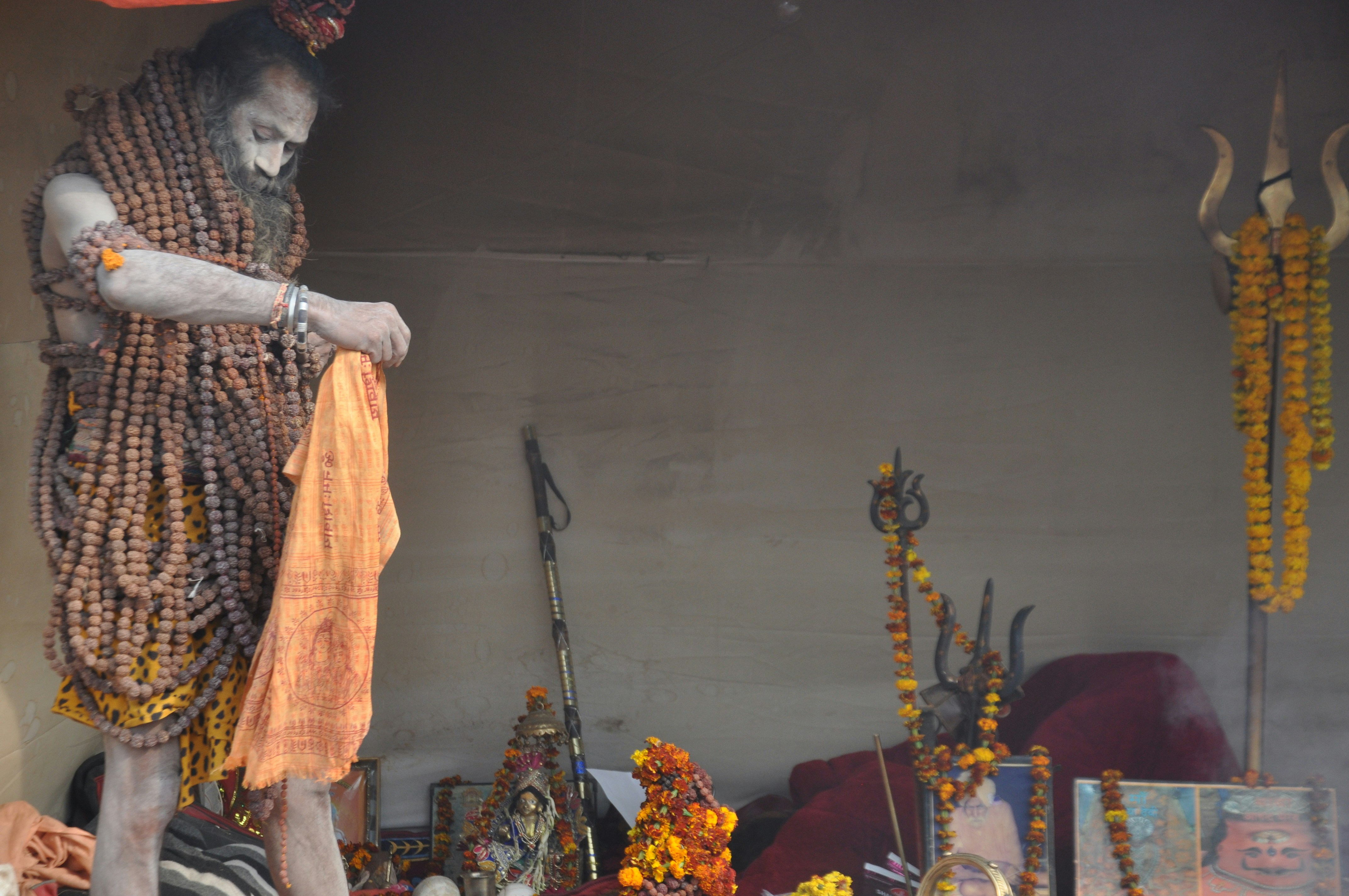

Leave a Reply